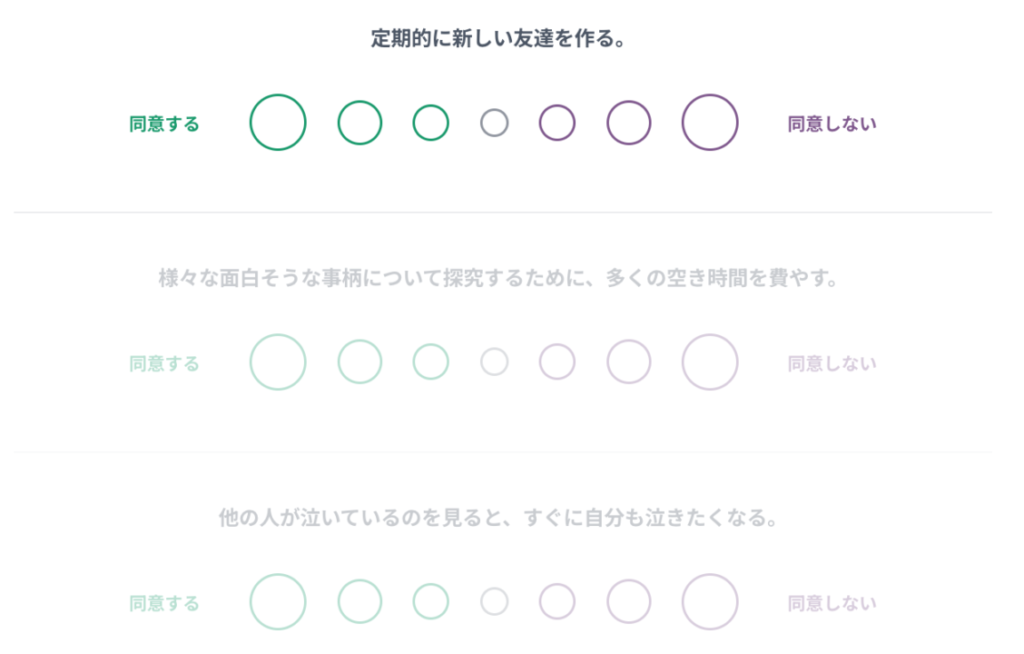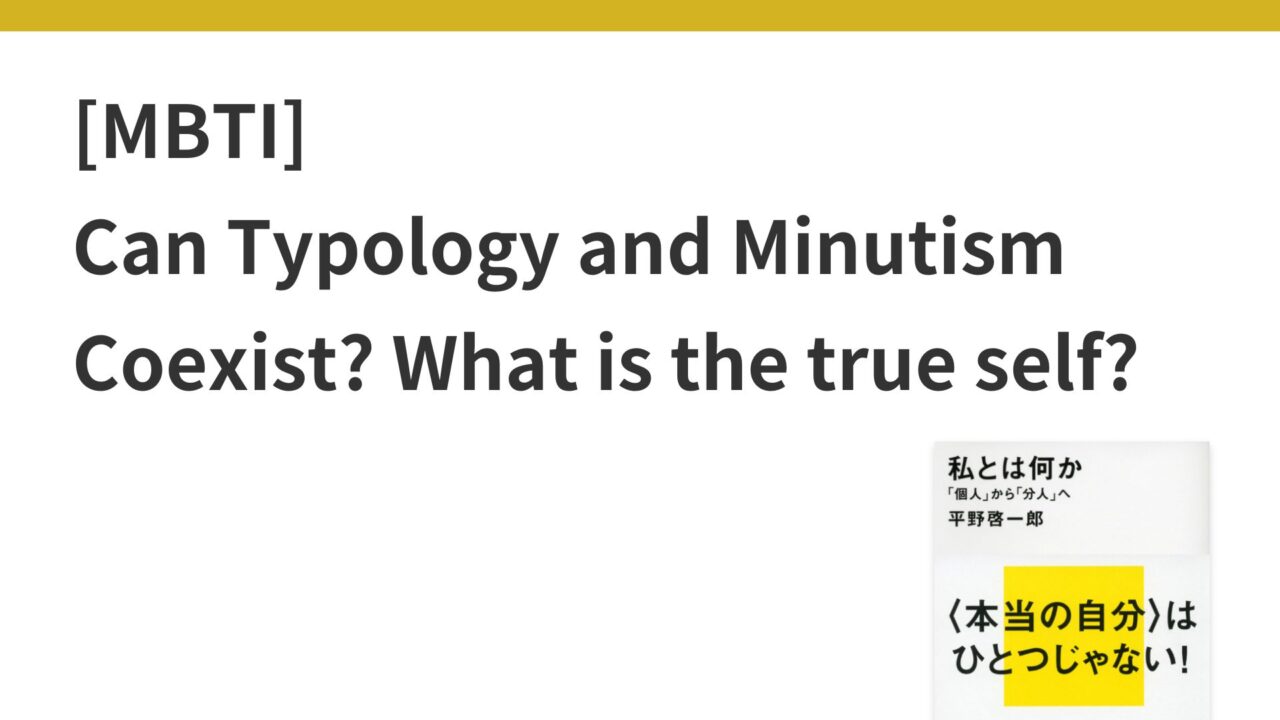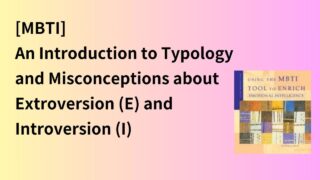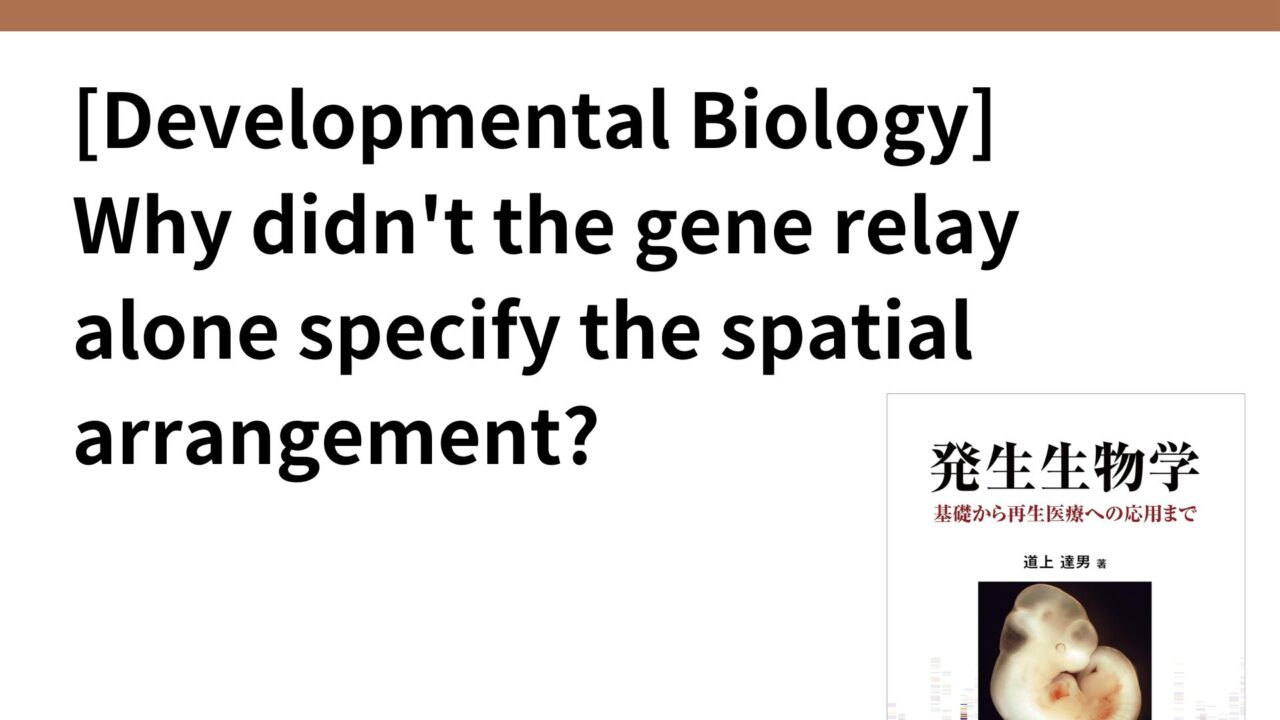Introduction.
Have you ever done the MBTI (16-type personality test to be exact) and found that the results are different now than in the past? For example, I used to be an ESFP, but recently I became an ENTP, etc.
In this section, we would like to intertwine the MBTI personality typing system with the “bifurcationism” advocated by Mr. Keiichiro Hirano, and discuss whether the “true self” exists. I would like to discuss whether the “true self” exists.
First, let me state at the outset that this is a rambling article with no particular conclusion.
MBTI and 16 personality tests are different: forced-choice and continuous scale
Free and easy to take, the 16 personality tests here are not exactly MBTI in the following perspective.
Neither Myers nor Briggs of MBTI were involved in the 16 personality tests in the first place.

- MBTI consists of 4 indicators (Extraversion/Introversion, Sensation/Intuition, Thinking/Emotion, Judgment/Perception), but 16 personality types are further combined (Identity: A-Positive, T-Cautious) into a 5-point scale
- The MBTI questionnaire is a two-choice forced-choice. On the other hand, the 16 personality tests are questions on a continuous scale
The second one in particular is a big difference, and as shown below for the 16 personality tests, you can choose between agreeing or disagreeing with each question with some degree of gradient between the two.

However, the original MBTI questionnaire items are forced-choice, forcing the user to choose one of two options, and this is based on Jung’s idea that people cannot focus on both the details and the big picture of things at the same time.
One can and does naturally use each of the two poles or use skills related to each of them depending on the situation, but one cannot use both opposites at the same time. For example, one cannot use extroversion and introversion simultaneously in a single situation.
At one point in a particular time and situation, “I want to be alone today” and “I want to play with everyone” cannot coexist.
Jung’s proposed “typology”
Jung’s typology, on which the MBTI is based, proposed that “people have certain patterns in perceiving, relating to, and working with the world.
Consists of the following three indicators
- Direction of energy: outward (E) and inward (I)
- How to see things: Sense (S), Intuition (N)
- How to judge: thoughts (T) and feelings (F)
To these three indicators, the MBTI adds a fourth indicator, the way one treats the external world (judgmental attitude J and perceptual attitude P).
And as for these three indicators, Jung does not explicitly conclude in his book, but he argues that they are “innate” as a consequence of his observations. In other words, they are not acquired and do not change.
On the other hand, he also stated that it is not the case that only one of the above three indicators is expressed in a particular situation and circumstance.
It should be noted that even for those who habitually use extroversion, even when the “extroversion” is working and reacting to outside stimuli, the person’s “introversion” is working in a way that he or she is not aware of.
Everyone should never think in terms of “just one or the other” of each indicator, but rather in terms of “one is more habitual than the other, but the other is also working…”.
Invitation to MBTI
In other words, the three indicators are innate and habitual (like a dominant hand) and do not change acquired, but on the other hand, the opposite of each indicator is also expressed simultaneously, albeit weakly.
However, these three indicators, taken together, indicate “which world, internal or external, you focus more of your mental energy on and how you perceive and judge information,” which seems to be different from the intended definition of personality or character as it is commonly referred to.
What is the divide-and-conquer principle advocated by Mr. Hirano?
Now, I would also like to look at the divide-and-conquer principle proposed by Mr. Hirano.
Divided personism is the proposition that human beings are not unique “individual (undividable) persons” but multiple “dividable (divisible) persons.
- Individual: A single person who cannot be divided, at the center of which exists only one “true self” and who uses various masks (personas) to lead a social life.
- A split personality: different personalities, differentiated for each person relationship and for each environment. Instead of recognizing only one “true self” at the center, we see all of these multiple personalities as our “true self.
- From the individual to the divided person: By reexamining oneself and one’s relationship with others from the perspective of “divided personism,” one can free oneself from the difficulty of fully affirming oneself and the pain of fully denying oneself, and establish a concrete foothold for living in an increasingly complex and uncertain society.
In response to the identity crisis that we often encounter in our youth, when we think that the person we are acting as now with our friends or in this community is not our “true self,” or when we go on a journey of self-discovery, this book encourages self-affirmation in a sense that there is no “true self” in the first place, and that I am the aggregate of the self (alter ego) I show others depending on each situation. In a sense, this book encourages self-affirmation.
In addition, personality is not something that is innate and unchanging throughout life but is a component proportion of the minute person and can change depending on how they interact with their surroundings. He stated that “Individuality is not something that is innate and unchanging throughout life.
What is the true self? In altruism, there is no real self in the first place (since it is a collection of alter egos), so there is no real self by definition either, but it was annotated as “the coherent and unshakable original self.
Core habits of mind exist and are manifested as a minute person in relation to others.
Now, we have briefly looked at the premise, Jung’s typology and splittism.
The first subject, does the “true self” exist? I would like to discuss this question based on the above premise.
- The “true self” advocated by Mr. Hirano and the “habits and postures of the mind” advocated by Jung are not comparable because they have different definitions, to begin with (and if we say that, we are losing the original), but there are innate habits of the mind (if the typology is correct).
- The core, the direction to which the mind’s energy is directed (internal and external), the method of acquiring information, and the criteria for judgment are innate and habitual, but they are not the only ones. Of course, depending on the relationship with the external world, including other people, not only one of the indicators is expressed, but also the opposite indicator is expressed unconsciously (the ratio can also change depending on the external world). ), and the result of their manifestation is a quintuplicate.
- It depends on what one defines as individuality, but in the context of Hirano’s definition of individuality, there may be no individuality in the sense of an “original, unshakable self.
It sounds like a common genetic and environmental factor, but if the “coherent and unshakable original self” represents a mental attitude (which Hirano-san probably does not seem to think so), then the answer would be Yes. Of course, this assumes that Jung’s typology is correct, and the typology itself is an observational study and has not been proven (although I personally think it is highly credible).
I described a rambling discussion that does not lead to any conclusions or punchlines.





